Home>Furniture & Design>Bathroom Accessories>How To Prevent Toilet Bowl Rings
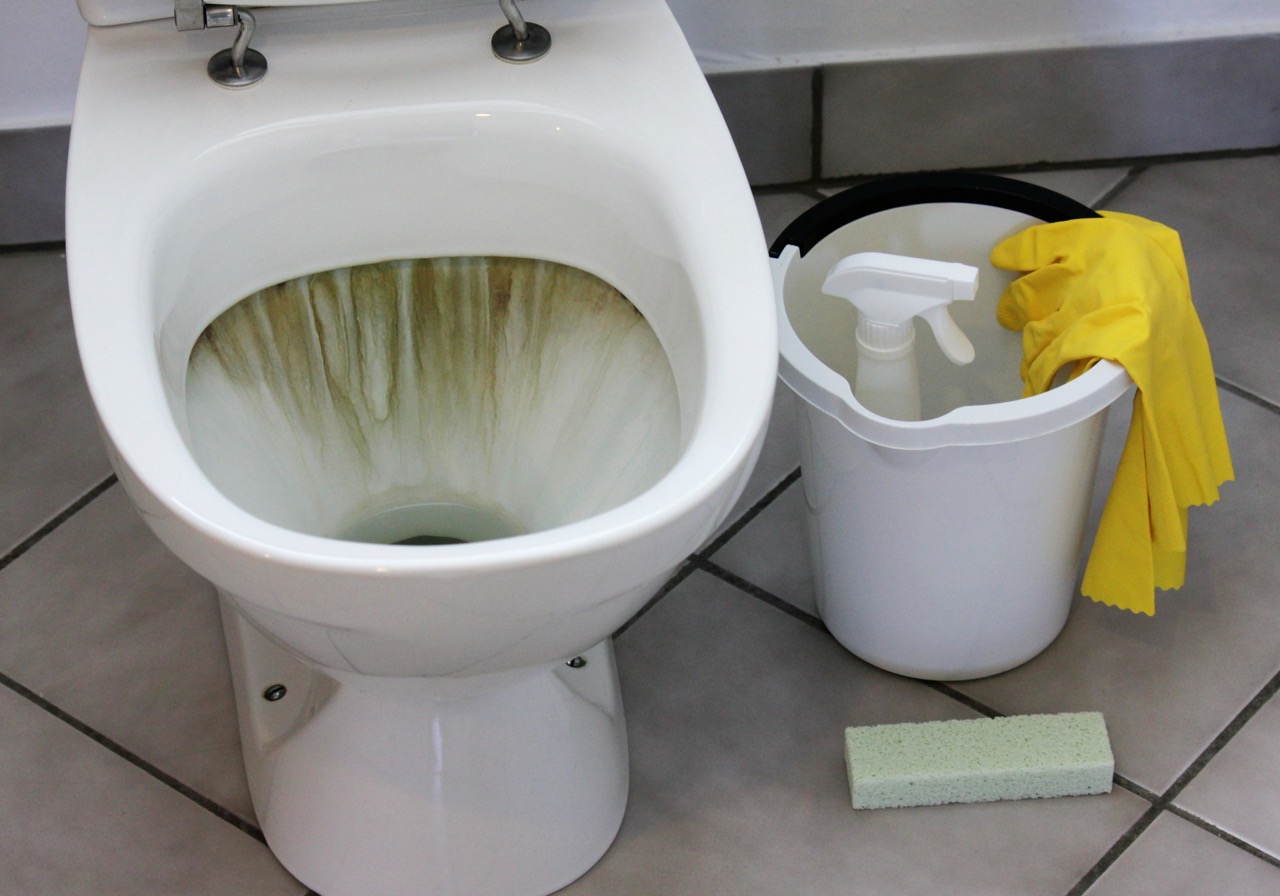

Bathroom Accessories
How To Prevent Toilet Bowl Rings
Modified: October 19, 2024
Learn how to prevent unsightly toilet bowl rings with our top bathroom accessories. Keep your toilet clean and fresh with our expert tips and products.
(Many of the links in this article redirect to a specific reviewed product. Your purchase of these products through affiliate links helps to generate commission for Storables.com, at no extra cost. Learn more)
Introduction
Dealing with unsightly toilet bowl rings can be a frustrating and persistent issue for many homeowners. These stubborn stains not only detract from the overall cleanliness of the bathroom but can also be challenging to remove. However, with the right knowledge and proactive measures, you can effectively prevent toilet bowl rings from forming, ensuring a pristine and inviting bathroom environment.
Toilet bowl rings are a common problem caused by the accumulation of mineral deposits, bacteria, and other substances in the toilet bowl. These deposits often result from hard water, which contains high levels of minerals such as calcium and magnesium. When the water evaporates, these minerals are left behind, forming the notorious rings that can be difficult to eliminate.
Preventing toilet bowl rings is not only about maintaining a visually appealing bathroom but also about promoting hygiene and cleanliness. By taking proactive steps to prevent these stains, you can ensure that your toilet bowl remains free from unsightly marks and maintain a fresh and welcoming atmosphere in your bathroom.
In the following sections, we will delve into the various factors that contribute to the formation of toilet bowl rings and explore effective strategies for preventing their occurrence. By understanding the underlying causes and implementing preventive measures, you can maintain a sparkling clean toilet bowl and minimize the need for intensive cleaning and maintenance. Let's explore these strategies in detail to ensure that your bathroom remains a pristine and inviting space for you and your family.
Key Takeaways:
- Say goodbye to toilet bowl rings by using high-quality cleaners, adjusting water levels, and incorporating automatic cleaners. Keep your bathroom pristine and inviting with proactive prevention strategies.
- Combat stubborn toilet bowl rings with regular cleaning, natural agents like vinegar and baking soda, and adjusting water levels. Embrace hassle-free maintenance with automatic cleaners for a fresh and hygienic bathroom.
Read more: What Causes Toilet Bowl Ring
Understanding Toilet Bowl Rings
Toilet bowl rings, often characterized by unsightly stains and discoloration, are a common nuisance in many households. These stubborn marks are typically caused by the accumulation of mineral deposits, bacteria, and other substances in the toilet bowl. One of the primary culprits behind the formation of toilet bowl rings is hard water, which contains high levels of minerals such as calcium and magnesium. When hard water is used for flushing and filling the toilet bowl, the minerals can gradually build up and form stubborn rings as the water evaporates.
The mineral deposits left behind by hard water can create a breeding ground for bacteria and other microorganisms, further contributing to the development of toilet bowl rings. Additionally, the presence of organic matter, such as urine and feces, can interact with the mineral deposits, leading to the formation of stubborn stains that are difficult to remove.
The appearance of toilet bowl rings can also be influenced by factors such as the frequency of toilet use, the type of cleaning products used, and the overall water quality in the area. In regions with particularly hard water, the likelihood of developing toilet bowl rings is significantly higher, necessitating proactive measures to prevent their formation.
Understanding the composition and formation of toilet bowl rings is crucial for implementing effective preventive strategies. By recognizing the role of hard water, mineral deposits, and bacterial growth in the development of these stains, homeowners can take targeted steps to minimize their occurrence. From adjusting water levels to using specialized cleaning products, a comprehensive understanding of toilet bowl rings is essential for maintaining a pristine and hygienic bathroom environment.
By gaining insight into the factors contributing to toilet bowl rings, homeowners can proactively address these issues and ensure that their toilet bowls remain free from unsightly stains. In the following sections, we will explore practical tips and preventive measures that can help in the ongoing battle against toilet bowl rings, allowing homeowners to maintain a clean and inviting bathroom space.
Tips for Preventing Toilet Bowl Rings
Preventing toilet bowl rings requires a proactive approach that addresses the underlying causes of these stubborn stains. By implementing effective preventive measures, homeowners can maintain a clean and hygienic toilet bowl while minimizing the need for intensive cleaning and maintenance. Here are practical tips for preventing toilet bowl rings:
-
Use High-Quality Toilet Bowl Cleaner: Selecting a high-quality toilet bowl cleaner specifically formulated to combat hard water stains and mineral deposits is essential for preventing the formation of toilet bowl rings. Look for cleaners that contain ingredients such as hydrochloric acid or citric acid, which effectively dissolve mineral buildup and inhibit the development of stubborn stains.
-
Regular Cleaning Routine: Establishing a consistent cleaning routine for your toilet bowl is crucial for preventing the accumulation of mineral deposits and bacteria that contribute to the formation of toilet bowl rings. By regularly cleaning the toilet bowl with an effective cleaner and a toilet brush, you can remove potential sources of stains and maintain a pristine appearance.
-
Vinegar and Baking Soda Treatment: Utilize the natural cleaning power of vinegar and baking soda to combat mineral deposits and stains in the toilet bowl. Pouring vinegar into the toilet bowl and allowing it to sit for several hours or overnight, followed by a thorough scrubbing with baking soda, can effectively remove existing stains and prevent the formation of new ones.
-
Adjust Water Level: Ensuring that the water level in the toilet bowl is appropriately adjusted can help prevent the accumulation of mineral deposits and stains. If the water level is too high, it increases the surface area exposed to mineral deposits, contributing to the formation of rings. Adjust the water level to an optimal height to minimize the potential for stains.
-
Install a Water Softener: In areas with particularly hard water, installing a water softener can significantly reduce the mineral content in the water, thereby minimizing the formation of toilet bowl rings. A water softener works by replacing calcium and magnesium ions with sodium ions, preventing the buildup of mineral deposits in the toilet bowl.
-
Use Toilet Tank Tablets: Consider using toilet tank tablets that are specifically designed to prevent the accumulation of mineral deposits and stains in the toilet bowl. These tablets release cleaning agents with each flush, helping to maintain a clean and stain-free toilet bowl over time.
By incorporating these preventive measures into your bathroom maintenance routine, you can effectively combat the formation of toilet bowl rings and ensure that your toilet bowl remains clean, hygienic, and free from unsightly stains. Taking proactive steps to prevent the accumulation of mineral deposits and bacterial growth is essential for maintaining a pristine and inviting bathroom environment.
Regular Cleaning and Maintenance
Regular cleaning and maintenance are essential components of a comprehensive strategy to prevent the formation of stubborn toilet bowl rings. By establishing a consistent cleaning routine and implementing effective maintenance practices, homeowners can minimize the accumulation of mineral deposits and bacterial growth, ensuring a clean and hygienic toilet bowl.
To initiate a regular cleaning routine, start by selecting a high-quality toilet bowl cleaner specifically formulated to combat hard water stains and mineral deposits. Look for cleaners that contain ingredients such as hydrochloric acid or citric acid, as these components effectively dissolve mineral buildup and inhibit the development of stubborn stains. When cleaning the toilet bowl, it is important to use a toilet brush to thoroughly scrub the surfaces and remove any potential sources of stains.
In addition to using commercial cleaners, homeowners can also leverage the natural cleaning power of vinegar and baking soda to combat mineral deposits and stains in the toilet bowl. Pouring vinegar into the toilet bowl and allowing it to sit for several hours or overnight, followed by a thorough scrubbing with baking soda, can effectively remove existing stains and prevent the formation of new ones. This natural cleaning approach offers an eco-friendly and cost-effective alternative to commercial cleaners.
Establishing a consistent cleaning schedule is crucial for preventing the accumulation of mineral deposits and bacteria that contribute to the formation of toilet bowl rings. By regularly cleaning the toilet bowl with an effective cleaner and a toilet brush, homeowners can maintain a pristine appearance and minimize the risk of stubborn stains.
Furthermore, it is important to pay attention to the toilet tank and ensure that it is free from mineral buildup and other contaminants. Periodically inspecting and cleaning the toilet tank can prevent the transfer of impurities to the toilet bowl, contributing to a cleaner and more hygienic environment.
By incorporating regular cleaning and maintenance practices into your bathroom care routine, you can effectively prevent the formation of toilet bowl rings and maintain a clean and inviting bathroom space. Consistent cleaning, the use of effective cleaners, and the natural cleaning power of vinegar and baking soda are essential components of a proactive approach to toilet bowl maintenance, ensuring that your toilet bowl remains free from unsightly stains and maintains a fresh and hygienic appearance.
Regularly clean your toilet bowl with a toilet brush and a non-abrasive cleaner to prevent the buildup of mineral deposits and bacteria that can cause rings. Also, consider using a toilet bowl cleaner with a protective barrier to help prevent future rings.
Using Automatic Toilet Bowl Cleaners
Automatic toilet bowl cleaners offer a convenient and effective solution for maintaining a clean and stain-free toilet bowl. These specialized cleaning products are designed to continuously release cleaning agents with each flush, helping to prevent the accumulation of mineral deposits and stains. By incorporating automatic toilet bowl cleaners into your bathroom maintenance routine, you can proactively combat the formation of stubborn toilet bowl rings and ensure that your toilet bowl remains pristine and inviting.
One of the key advantages of automatic toilet bowl cleaners is their ability to deliver consistent cleaning action without the need for frequent manual intervention. These products typically come in the form of tablets or cartridges that are placed inside the toilet tank. With each flush, the cleaning agents are released into the toilet bowl, where they work to dissolve mineral deposits and inhibit the development of stubborn stains. This continuous cleaning action helps to maintain a clean and hygienic toilet bowl, reducing the need for intensive manual cleaning and maintenance.
When selecting an automatic toilet bowl cleaner, it is important to choose a product that is specifically formulated to combat hard water stains and mineral deposits. Look for cleaners that contain ingredients designed to effectively dissolve and prevent the buildup of mineral deposits, such as hydrochloric acid or citric acid. By choosing a high-quality automatic toilet bowl cleaner, you can ensure that your toilet bowl receives the targeted cleaning action necessary to prevent the formation of unsightly stains.
In addition to their cleaning efficacy, automatic toilet bowl cleaners offer a convenient and low-maintenance solution for homeowners. Once installed, these cleaners require minimal attention, as they continuously release cleaning agents with each flush, ensuring ongoing protection against the formation of toilet bowl rings. This hands-free approach to toilet bowl maintenance allows homeowners to enjoy a clean and stain-free toilet bowl without the need for frequent manual cleaning.
It is important to follow the manufacturer's instructions when using automatic toilet bowl cleaners to ensure optimal performance and safety. Additionally, periodic inspection and replacement of the cleaning agents are recommended to maintain the effectiveness of the product. By incorporating automatic toilet bowl cleaners into your bathroom maintenance routine, you can benefit from consistent and hassle-free cleaning action, effectively preventing the formation of stubborn toilet bowl rings and maintaining a fresh and inviting bathroom environment.
Read more: What Causes The Pink Ring In The Toilet Bowl
Adjusting Water Level in the Toilet Bowl
Adjusting the water level in the toilet bowl is a simple yet effective strategy for preventing the formation of stubborn toilet bowl rings. By ensuring that the water level is appropriately adjusted, homeowners can minimize the surface area exposed to mineral deposits and stains, reducing the likelihood of ring formation.
To adjust the water level in the toilet bowl, start by locating the fill valve, which is typically located on the left side of the toilet tank. The fill valve is responsible for regulating the water level in the tank and, by extension, the water level in the toilet bowl. Depending on the type of toilet, the adjustment mechanism may vary, but most modern toilets feature a float cup or float ball that controls the fill valve.
To lower the water level in the toilet bowl, locate the adjustment screw or clip on the float cup or float ball. By turning the adjustment screw counterclockwise or adjusting the clip downward, you can lower the water level in the toilet bowl. Conversely, to raise the water level, adjust the screw clockwise or move the clip upward. It is important to make gradual adjustments and test the water level after each modification to achieve the desired height.
Optimizing the water level in the toilet bowl is crucial for minimizing the surface area exposed to mineral deposits and stains. When the water level is too high, a larger area of the bowl is in contact with the water, increasing the likelihood of mineral buildup and ring formation. By adjusting the water level to an optimal height, homeowners can reduce the potential for stains and maintain a cleaner and more hygienic toilet bowl.
In addition to preventing ring formation, adjusting the water level in the toilet bowl can also contribute to water conservation. By optimizing the water level, homeowners can reduce unnecessary water usage during each flush, promoting environmental sustainability and potentially lowering water bills.
By incorporating the simple yet impactful practice of adjusting the water level in the toilet bowl, homeowners can proactively prevent the formation of stubborn toilet bowl rings while promoting water efficiency. This cost-effective and straightforward strategy, when combined with other preventive measures, contributes to a cleaner, more hygienic, and visually appealing bathroom environment.
Conclusion
In conclusion, preventing toilet bowl rings is a proactive endeavor that requires a combination of preventive measures, regular cleaning, and strategic maintenance practices. By understanding the underlying causes of toilet bowl rings, such as mineral deposits, bacterial growth, and hard water, homeowners can implement targeted strategies to maintain a clean and hygienic toilet bowl.
The tips and preventive measures discussed in this article offer practical and effective solutions for preventing the formation of stubborn toilet bowl rings. From using high-quality toilet bowl cleaners and natural cleaning agents to adjusting the water level in the toilet bowl and incorporating automatic toilet bowl cleaners, homeowners have a range of options to proactively combat ring formation.
Regular cleaning and maintenance play a pivotal role in preventing the accumulation of mineral deposits and bacterial growth, contributing to a cleaner and more inviting bathroom environment. By establishing a consistent cleaning routine and leveraging the natural cleaning power of vinegar and baking soda, homeowners can effectively remove existing stains and prevent the formation of new ones.
Automatic toilet bowl cleaners offer a convenient and low-maintenance solution for ongoing protection against the development of toilet bowl rings. By continuously releasing cleaning agents with each flush, these products help maintain a clean and stain-free toilet bowl, reducing the need for frequent manual cleaning.
Adjusting the water level in the toilet bowl is a simple yet impactful strategy that minimizes the surface area exposed to mineral deposits and stains, contributing to a cleaner and more hygienic toilet bowl. This practice not only prevents ring formation but also promotes water efficiency, aligning with sustainable and cost-effective household management.
By incorporating these preventive measures and maintenance practices into their bathroom care routine, homeowners can effectively prevent the formation of stubborn toilet bowl rings and maintain a fresh, hygienic, and visually appealing bathroom space. Ultimately, a proactive approach to preventing toilet bowl rings ensures that the toilet bowl remains free from unsightly stains, promoting a clean and inviting atmosphere for the entire household.
Frequently Asked Questions about How To Prevent Toilet Bowl Rings
Was this page helpful?
At Storables.com, we guarantee accurate and reliable information. Our content, validated by Expert Board Contributors, is crafted following stringent Editorial Policies. We're committed to providing you with well-researched, expert-backed insights for all your informational needs.
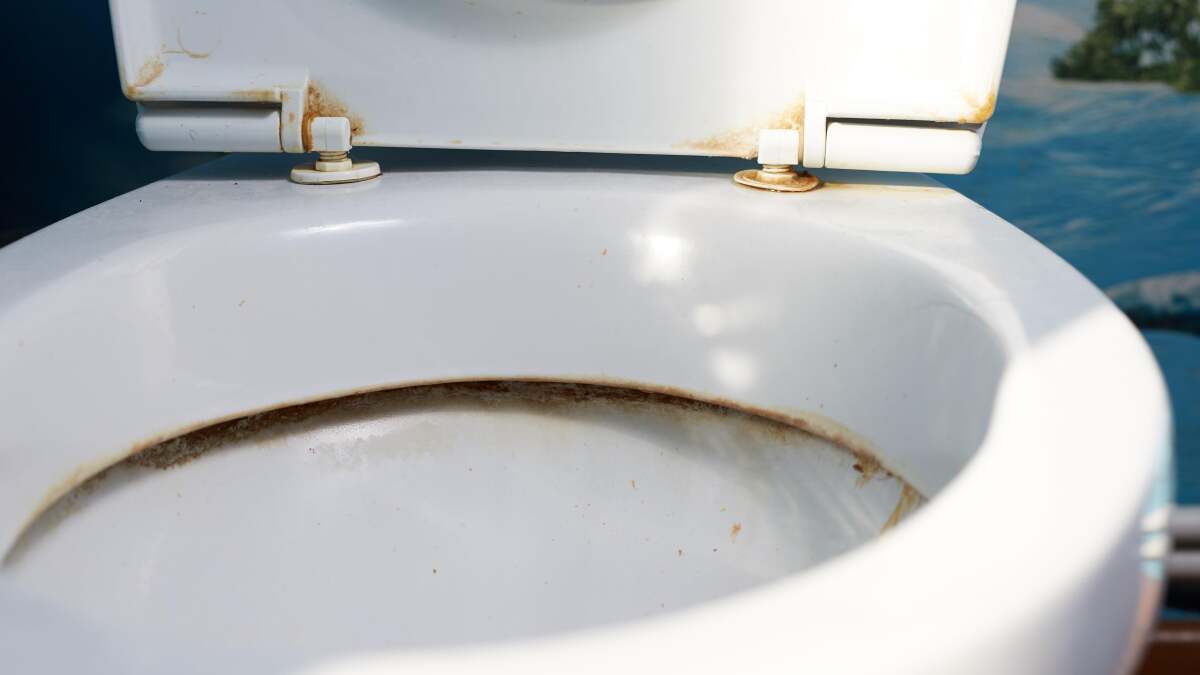
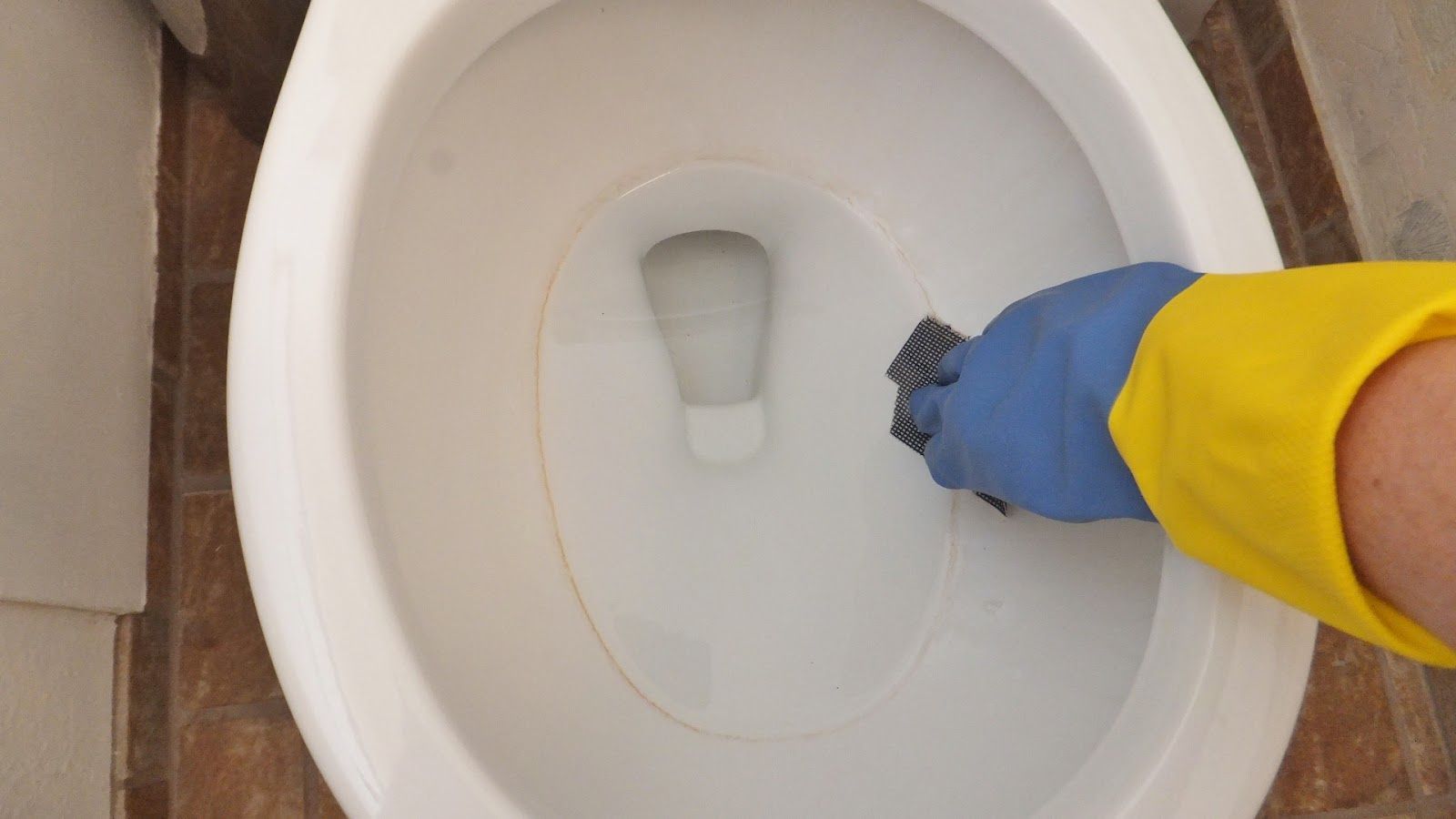
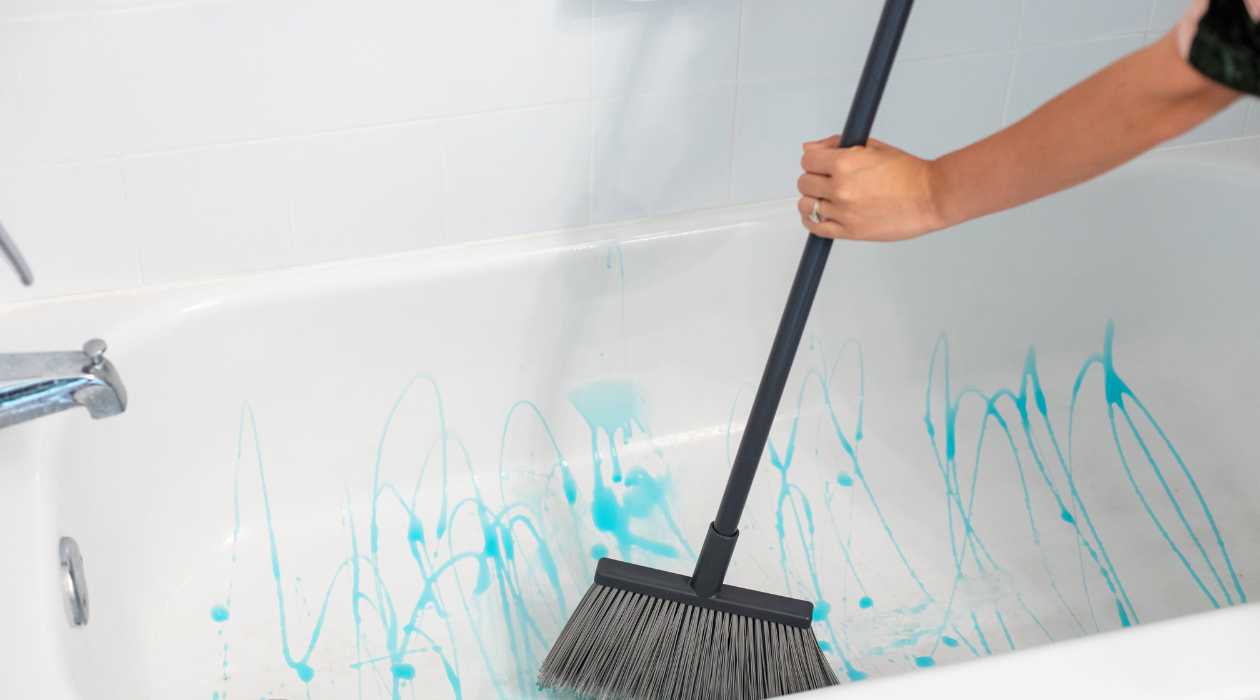

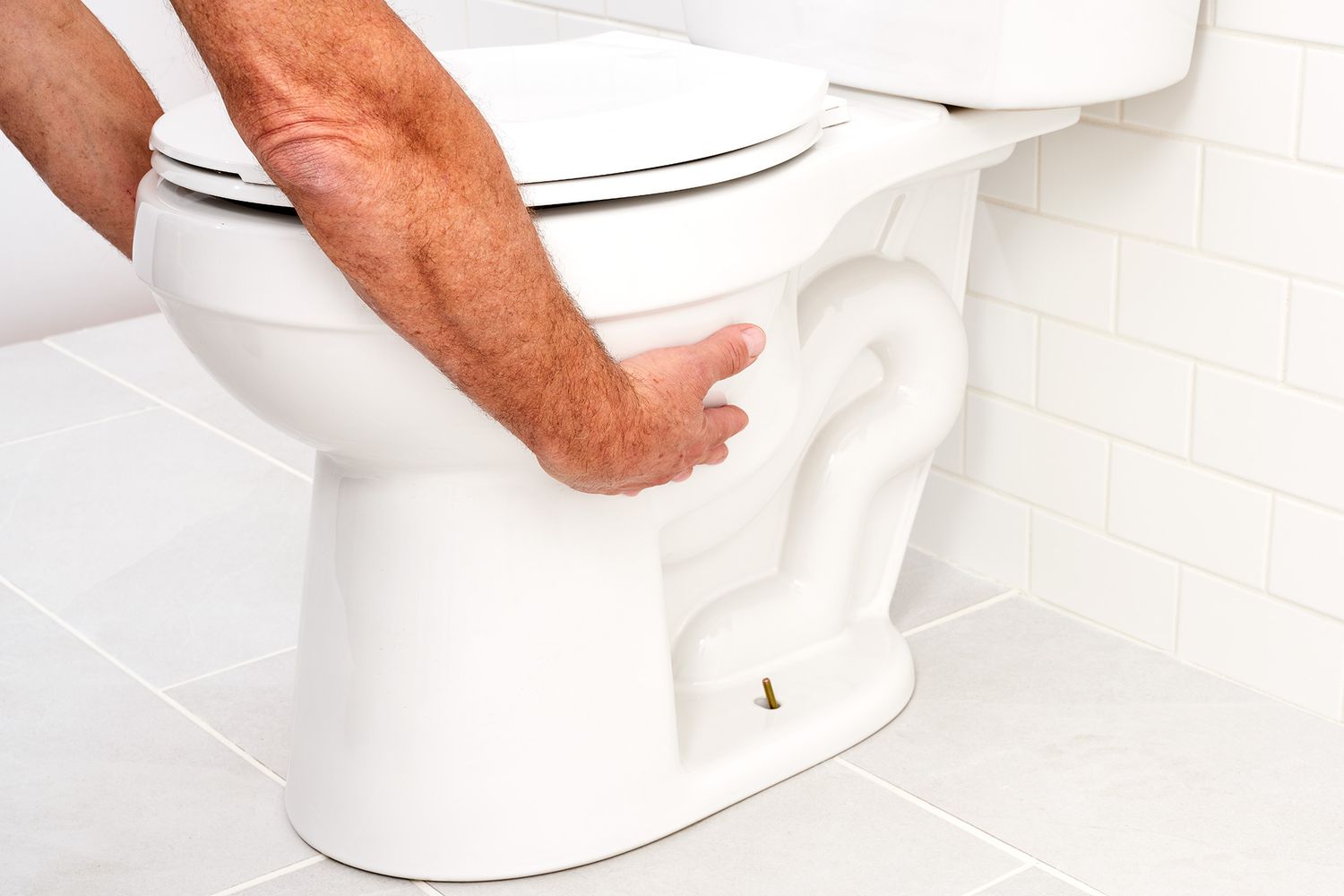
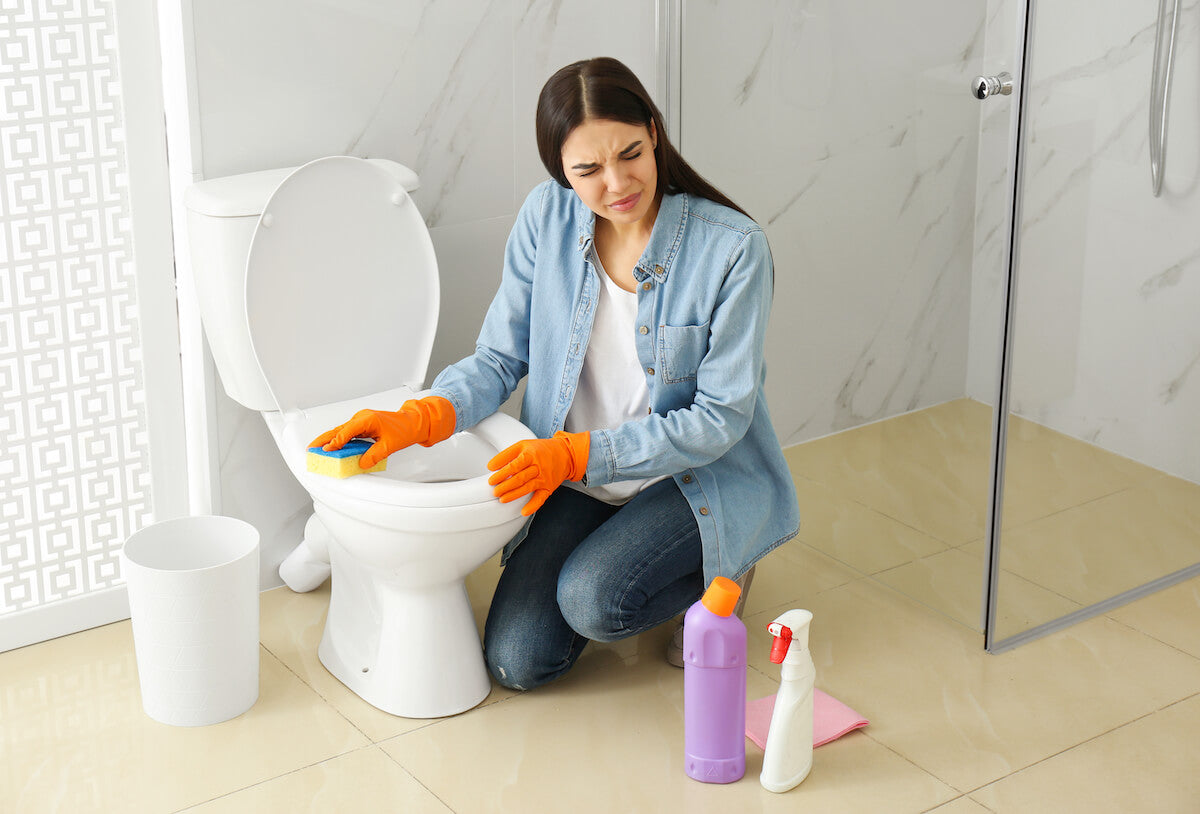
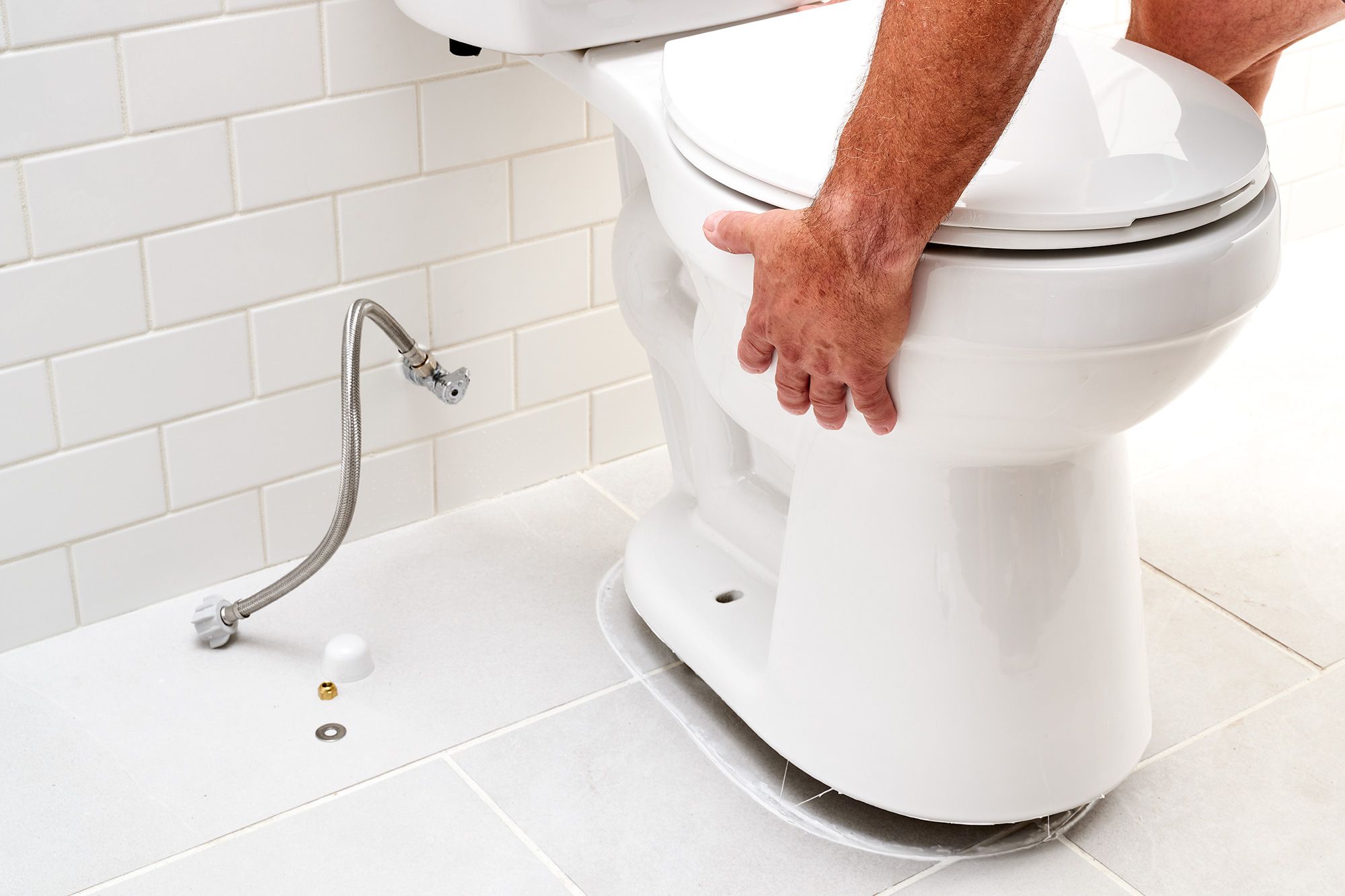
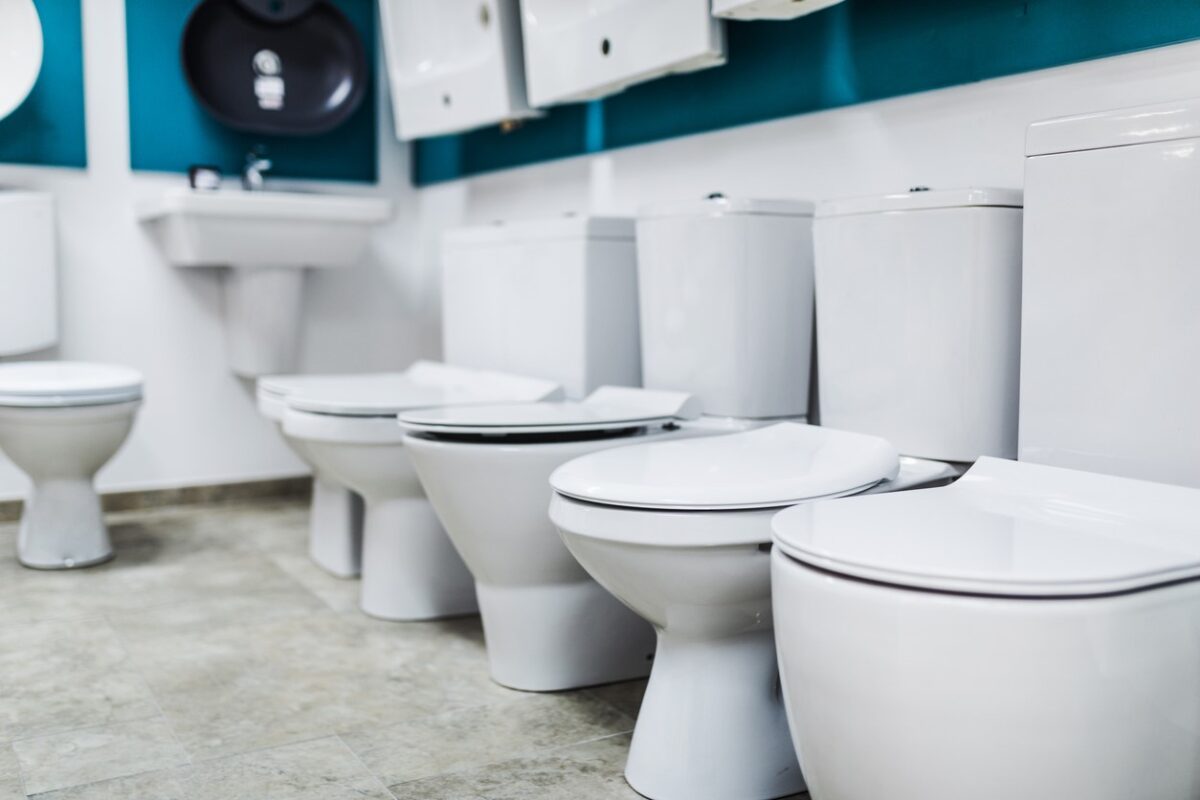
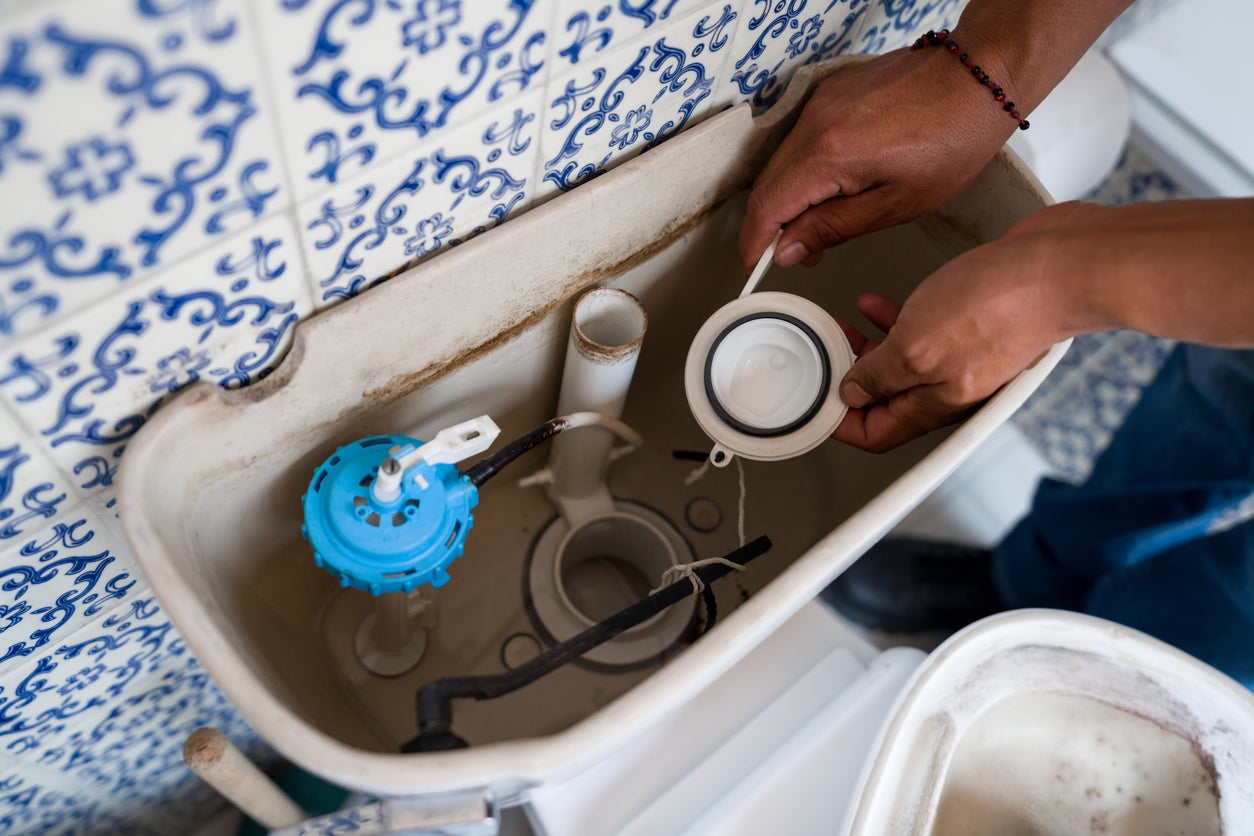
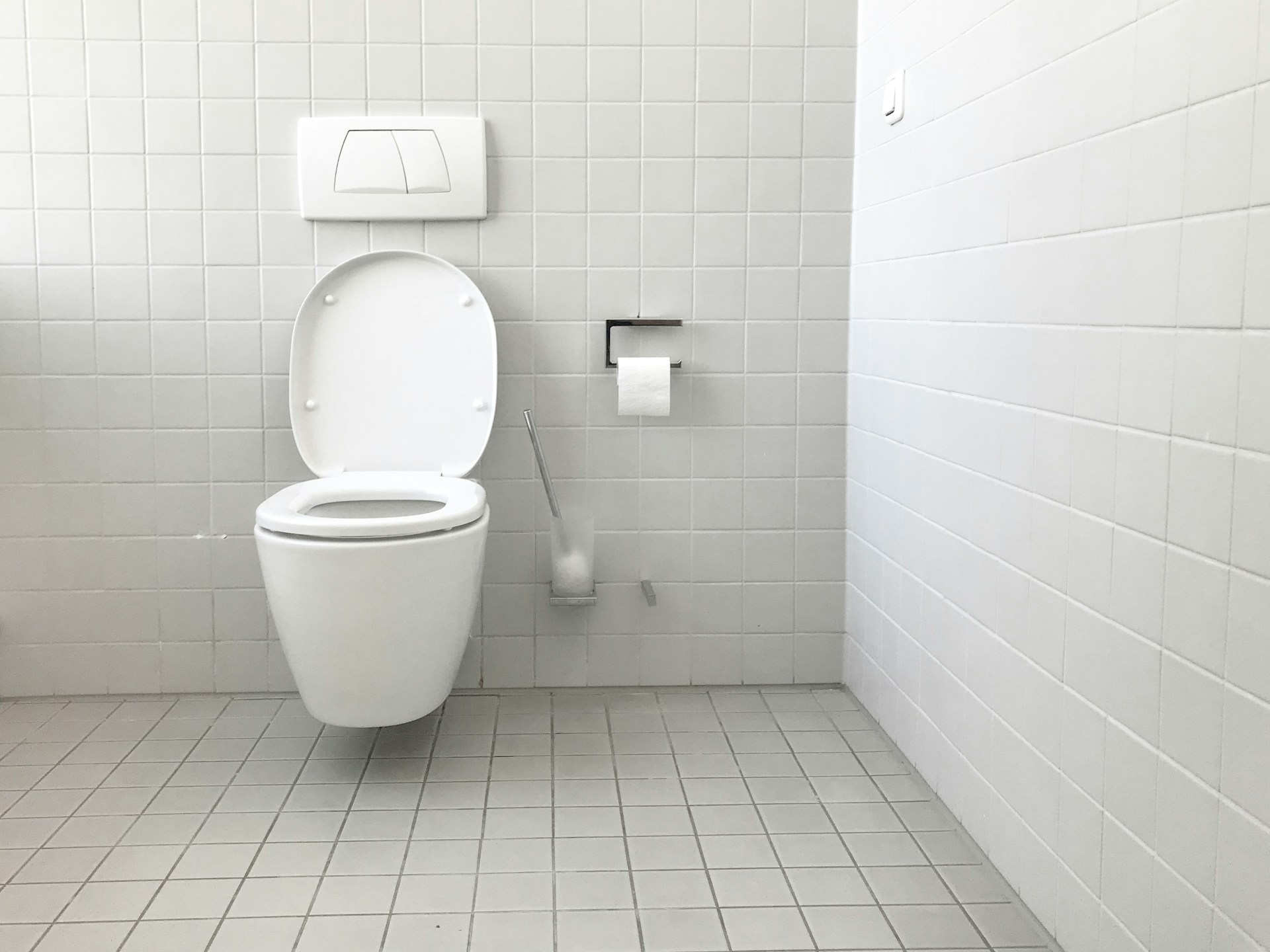
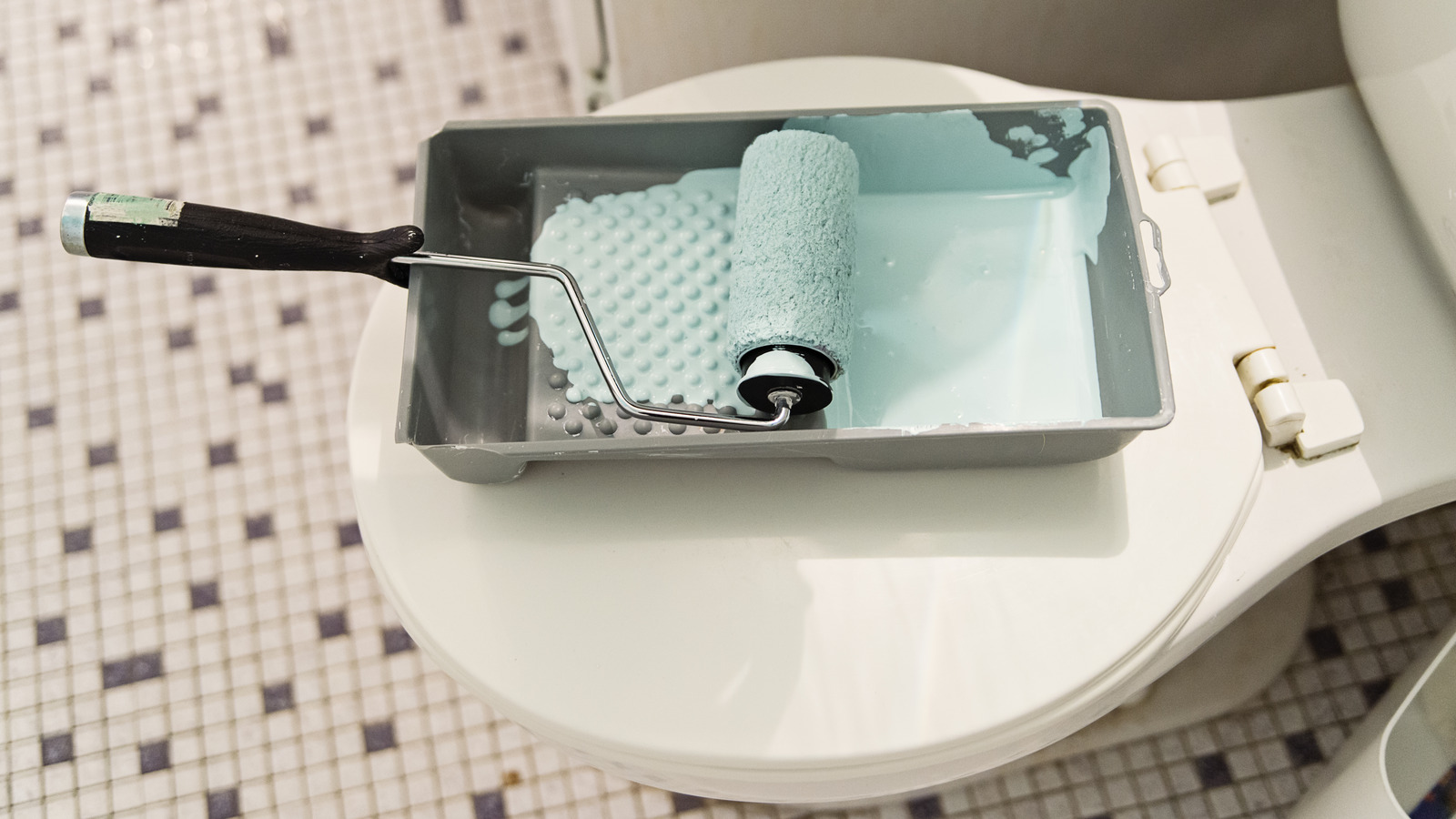
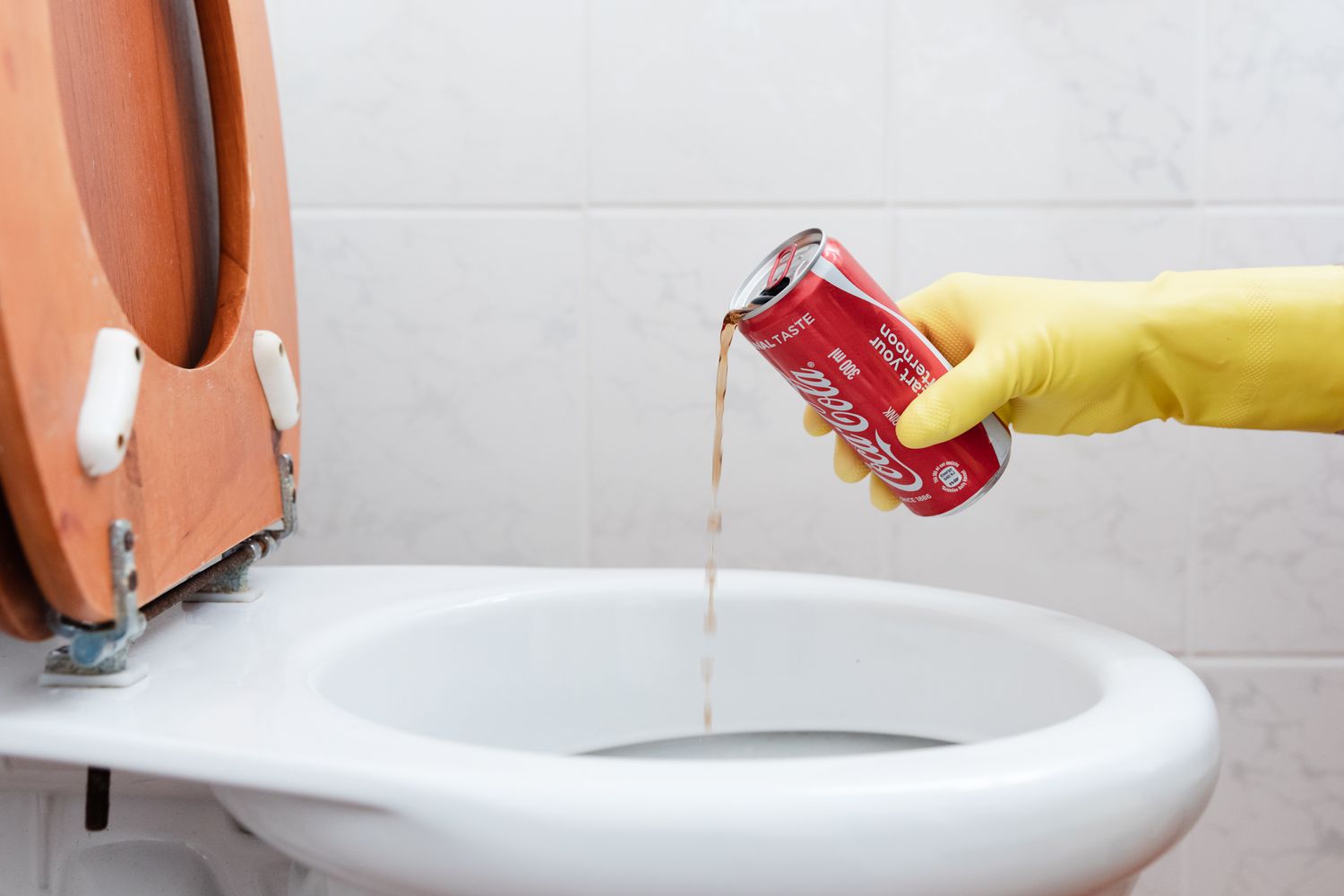
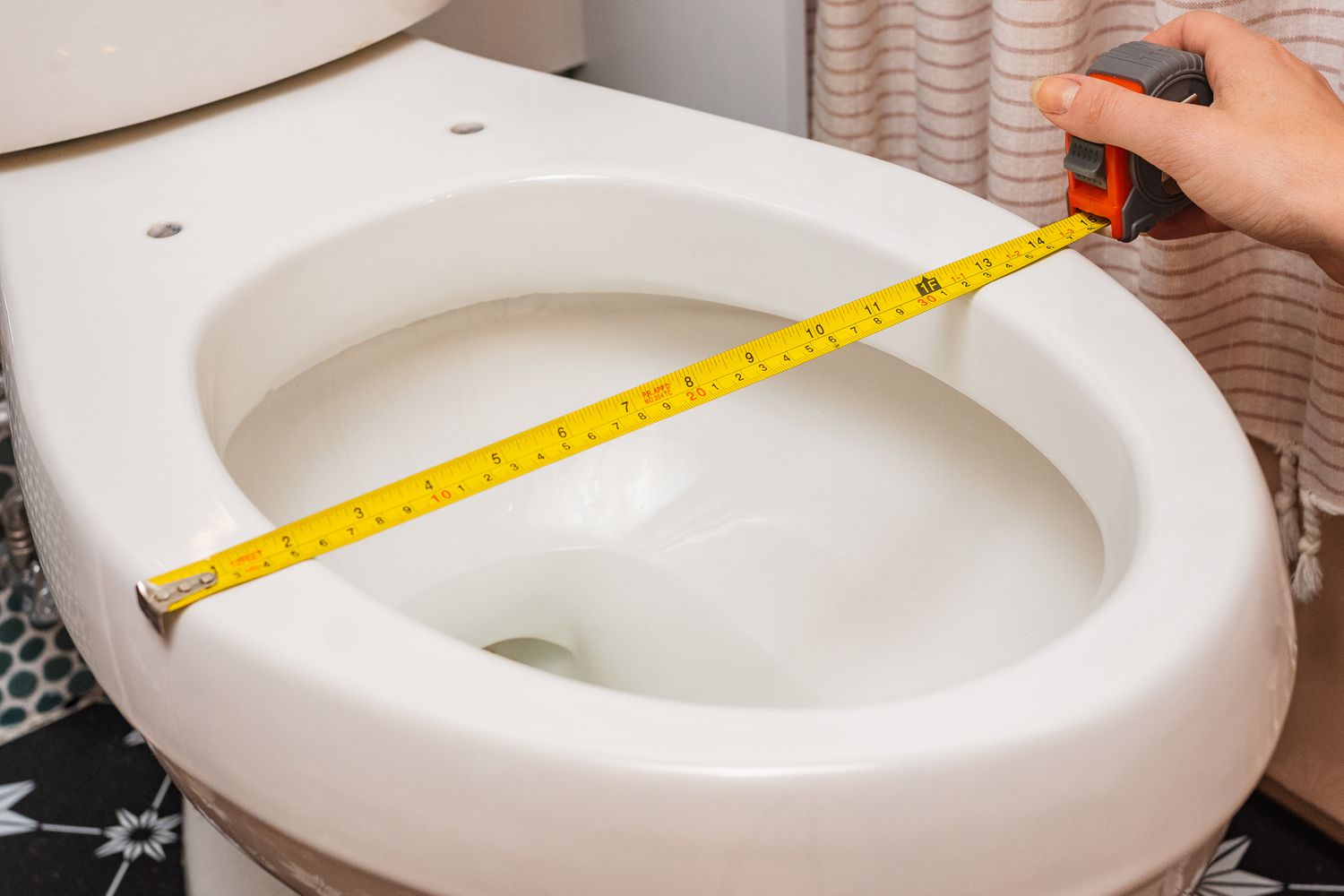
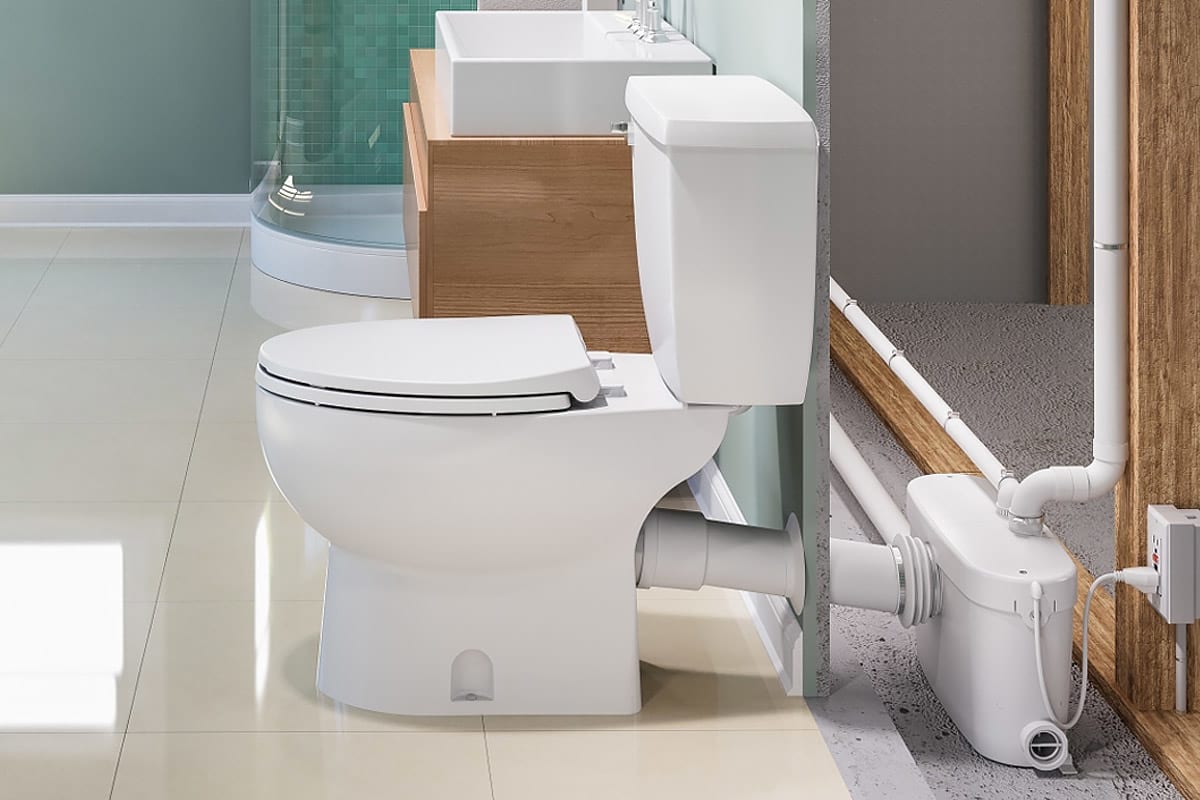

0 thoughts on “How To Prevent Toilet Bowl Rings”